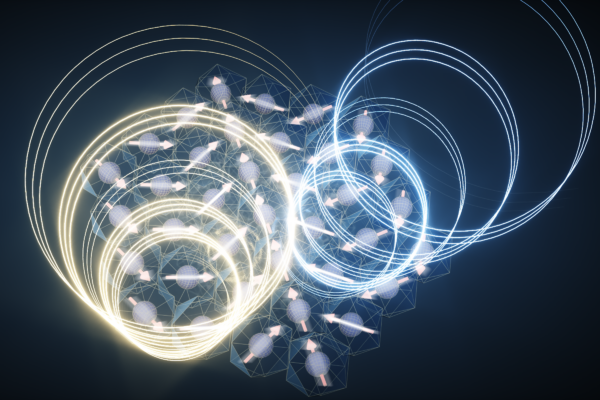
Researchers have demonstrated that the layered multiferroic material nickel iodide (NiI2) may be the best candidate yet for devices such as magnetic computer memory that are extremely fast and compact. Specifically, they found that NiI2 has greater magnetoelectric coupling than any known material of its kind.
For decades, scientists have been studying a group of unusual materials called multiferroics that could be useful for a range of applications including computer memory, chemica...
Read More







Recent Comments